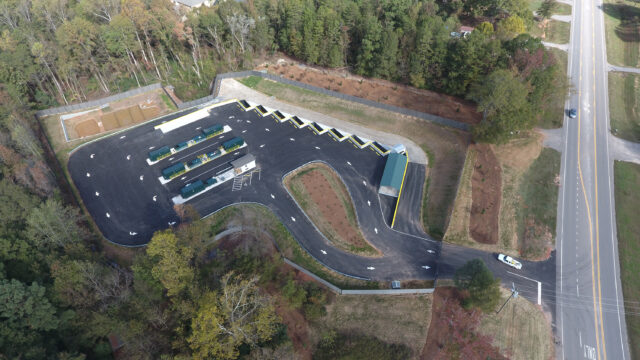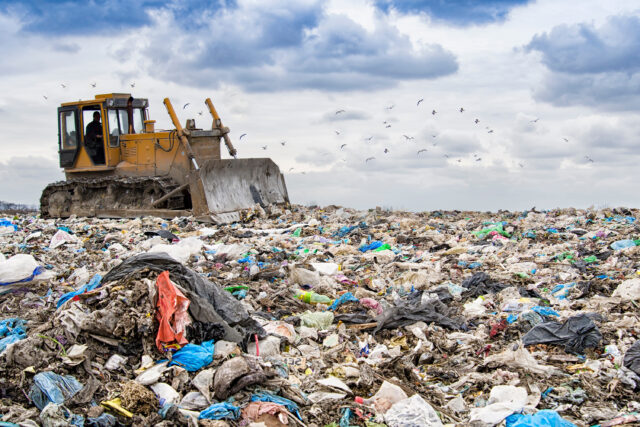Landfill Environmental Compliance & Remediation
Groundwater Compliance Program Management
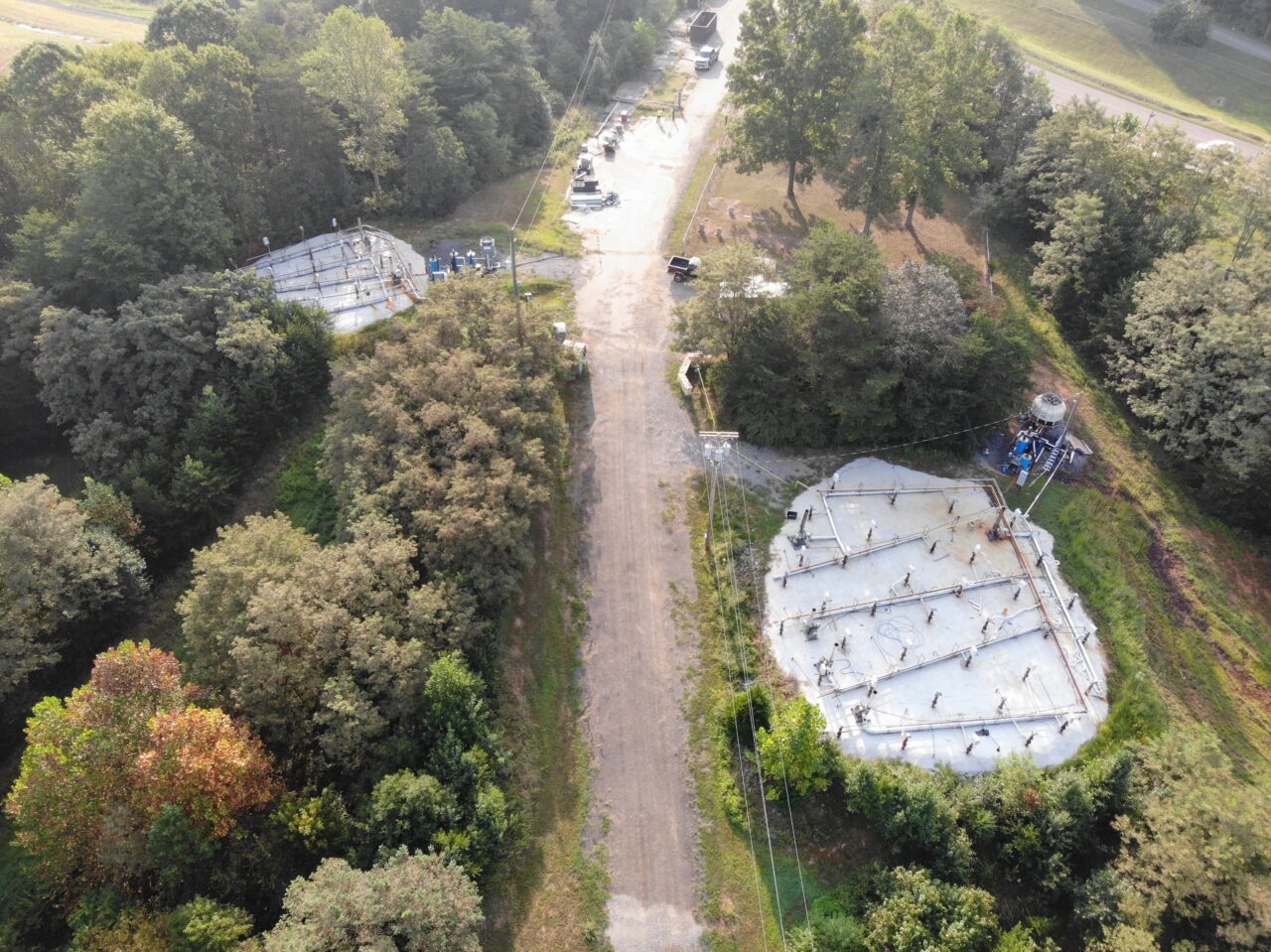
LaBella maintains a team of geologists, hydrogeologists, and environmental scientists with the technical expertise and industry knowledge to identify, evaluate, and solve groundwater issues. We have managed groundwater monitoring programs at over 100 landfills.
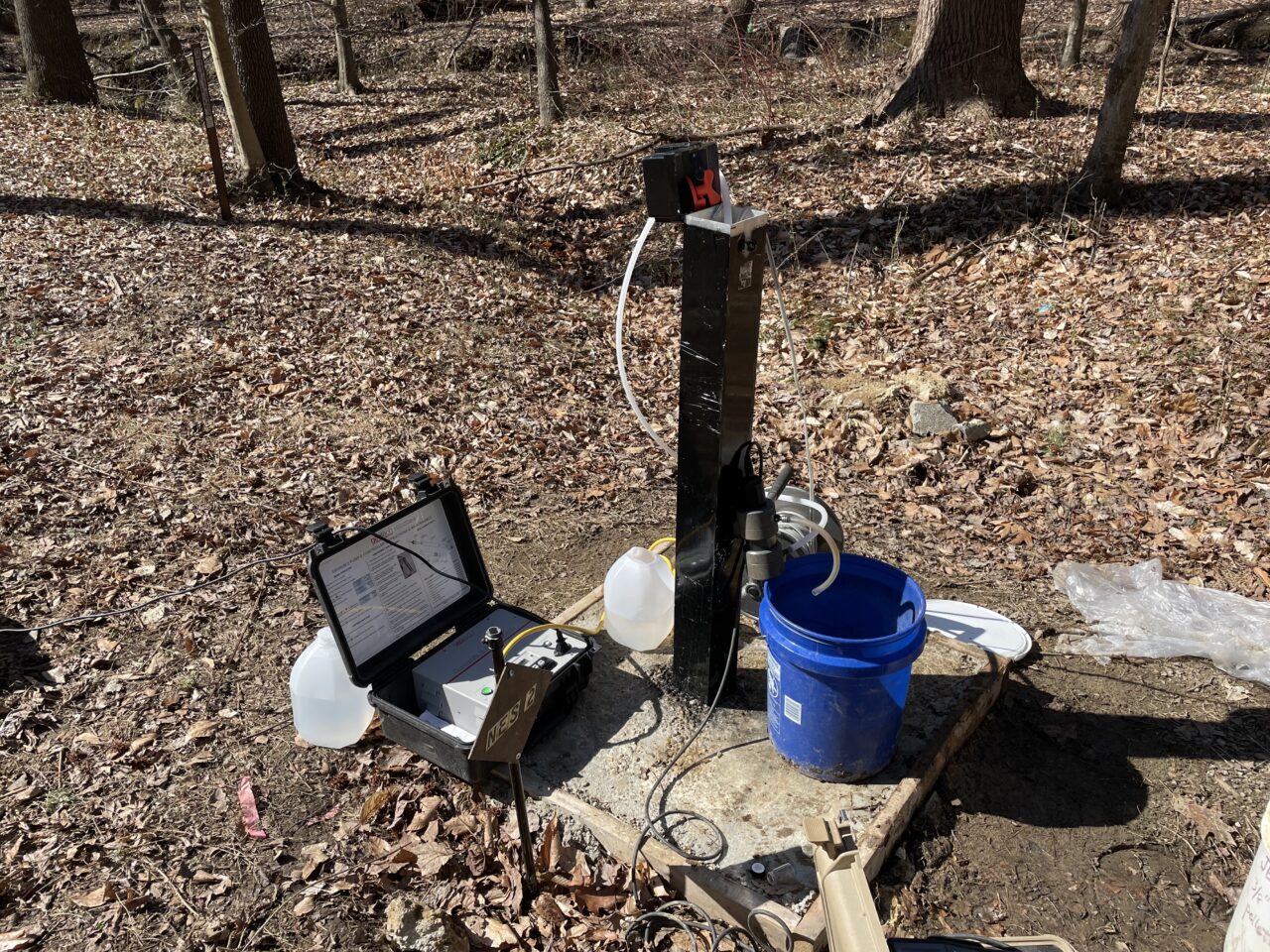 We conduct groundwater monitoring, data evaluation, and report preparation. Managing groundwater monitoring programs includes identifying suspect analytical results, performing re-sampling events, and preparing Alternate Source Demonstrations.
We conduct groundwater monitoring, data evaluation, and report preparation. Managing groundwater monitoring programs includes identifying suspect analytical results, performing re-sampling events, and preparing Alternate Source Demonstrations.
Technical and regulatory reporting is an essential component of landfill groundwater monitoring programs. LaBella prepares the required reports for our solid waste clients in a manner that is both technically excellent and in compliance with the applicable regulations. There are numerous regulatory deadlines associated with groundwater program management for solid waste facilities. We are effective in managing our workload and staffing so that we routinely meet regulatory and client deadlines.
Groundwater Corrective Action Program Management
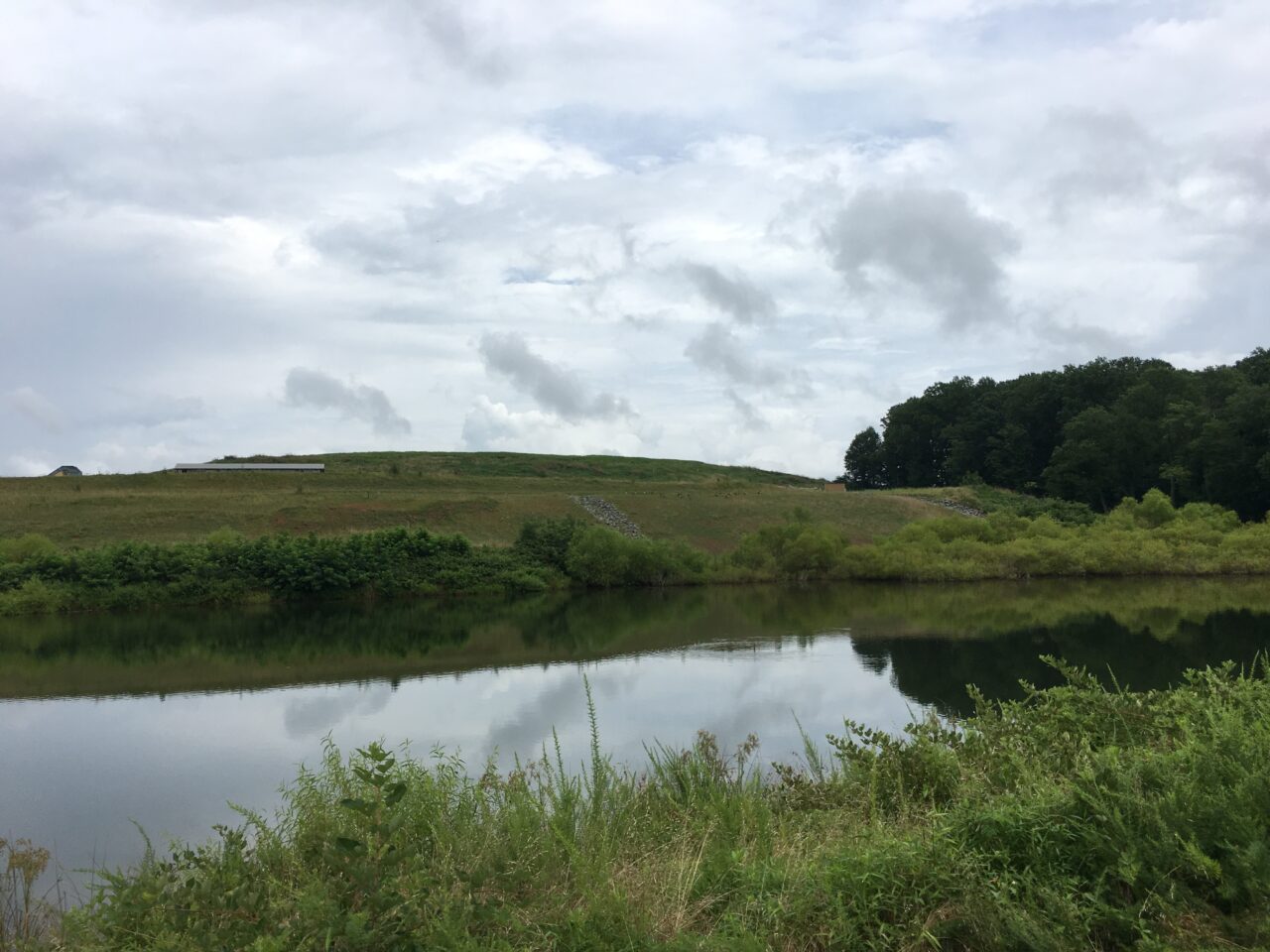 LaBella has extensive experience managing Corrective Action Programs for landfill owners. Since the promulgation of federal Subtitle D regulations in 1993, we have delineated the extent of groundwater contamination and prepared countless Nature and Extent Study Reports, Assessment of Corrective Measures Reports, and Corrective Action Plans.
LaBella has extensive experience managing Corrective Action Programs for landfill owners. Since the promulgation of federal Subtitle D regulations in 1993, we have delineated the extent of groundwater contamination and prepared countless Nature and Extent Study Reports, Assessment of Corrective Measures Reports, and Corrective Action Plans.
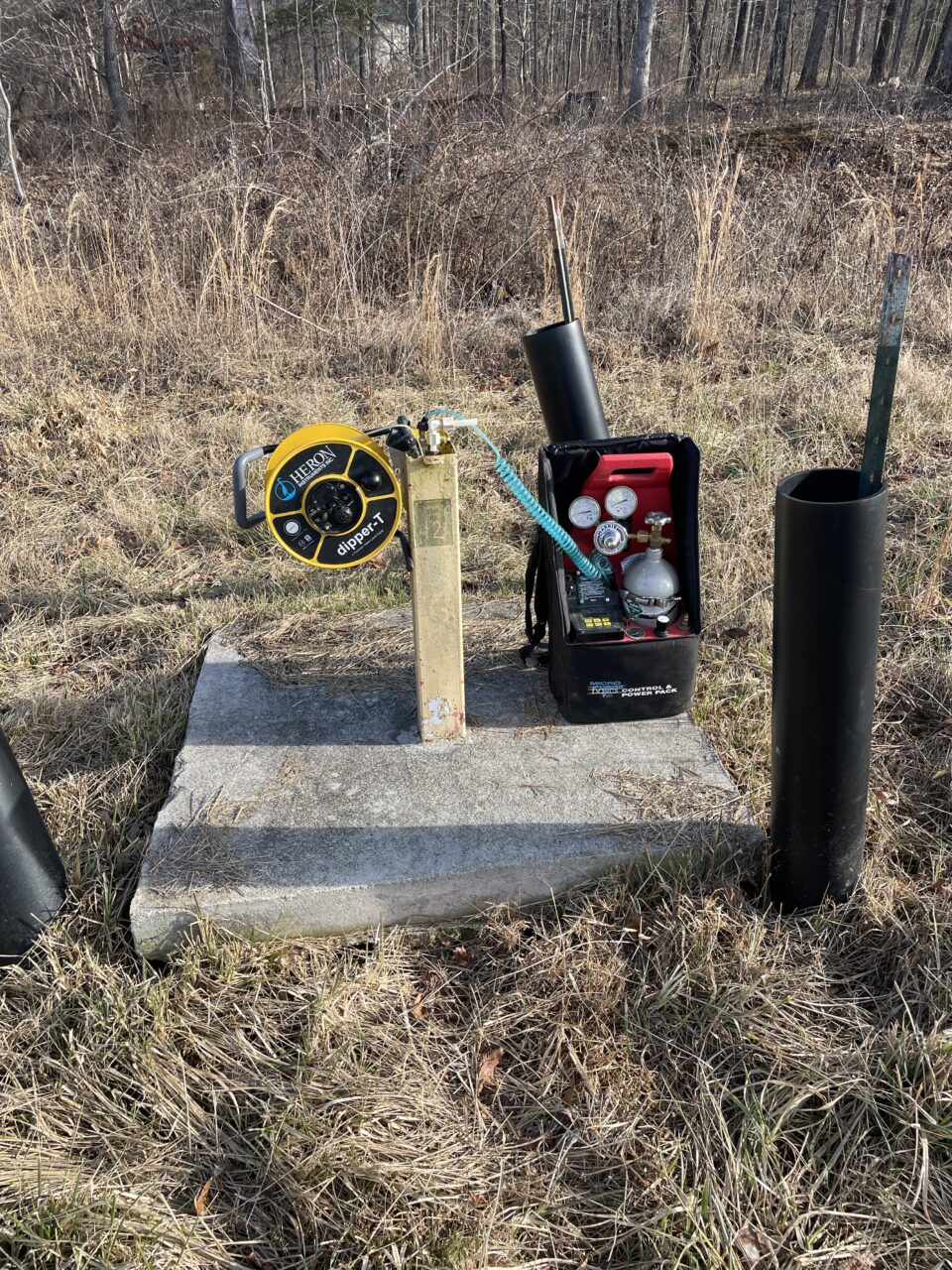 The corrective actions we have implemented include the following:
The corrective actions we have implemented include the following:
- Presumptive Remedies
- Monitored Natural Attenuation
- Enhanced Bioremediation
- Phytoremediation
- Landfill Gas Management
- Groundwater Pump-and-Treat
- Soil Vapor Extraction
- In-Situ Thermal Desorption
LaBella also regularly evaluates the effectiveness of the remedial action in meeting clean-up goals. Our evaluations demonstrate the remedy provides protection of human health and the environment, has the ability to achieve all applicable groundwater protection standards, controls the source of the release, and complies with the standards for the management of solid waste. Our environmental professionals use their strong technical background to evaluate the data collected during evaluation period in a meaningful and defensible manner.
Landfill Gas Compliance Program Management
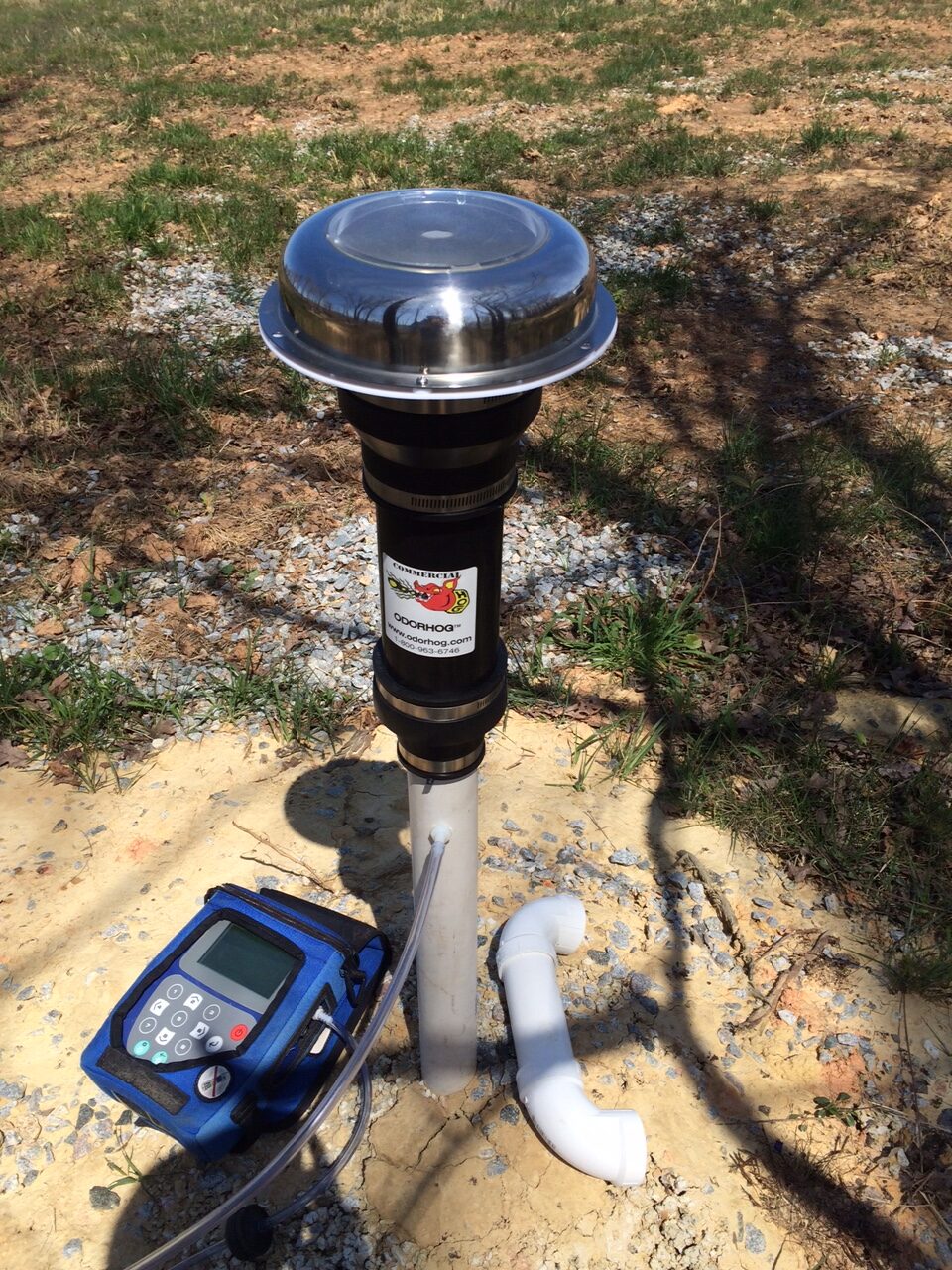 LaBella has managed landfill gas compliance monitoring programs at innumerable landfills. Our services include monitoring boundary probes and on-site structures, notifying regulatory agencies of action level and regulatory limit exceedances, and preparing and implementing Landfill Gas Remediation Plans.
LaBella has managed landfill gas compliance monitoring programs at innumerable landfills. Our services include monitoring boundary probes and on-site structures, notifying regulatory agencies of action level and regulatory limit exceedances, and preparing and implementing Landfill Gas Remediation Plans.
We have supervised the installation of numerous gas probes and passive gas vents. These probes and vents are installed in accordance with the Landfill Gas Management Plan. Detailed boring logs are prepared and then used to evaluate and interpret local geological conditions that may control migration pathways for landfill gas. When necessary, LaBella oversees the proper abandonment of gas probes to prevent the migration of potential surface contaminants into the uppermost aquifer.
Landfill Gas Migration & Odor Remediation
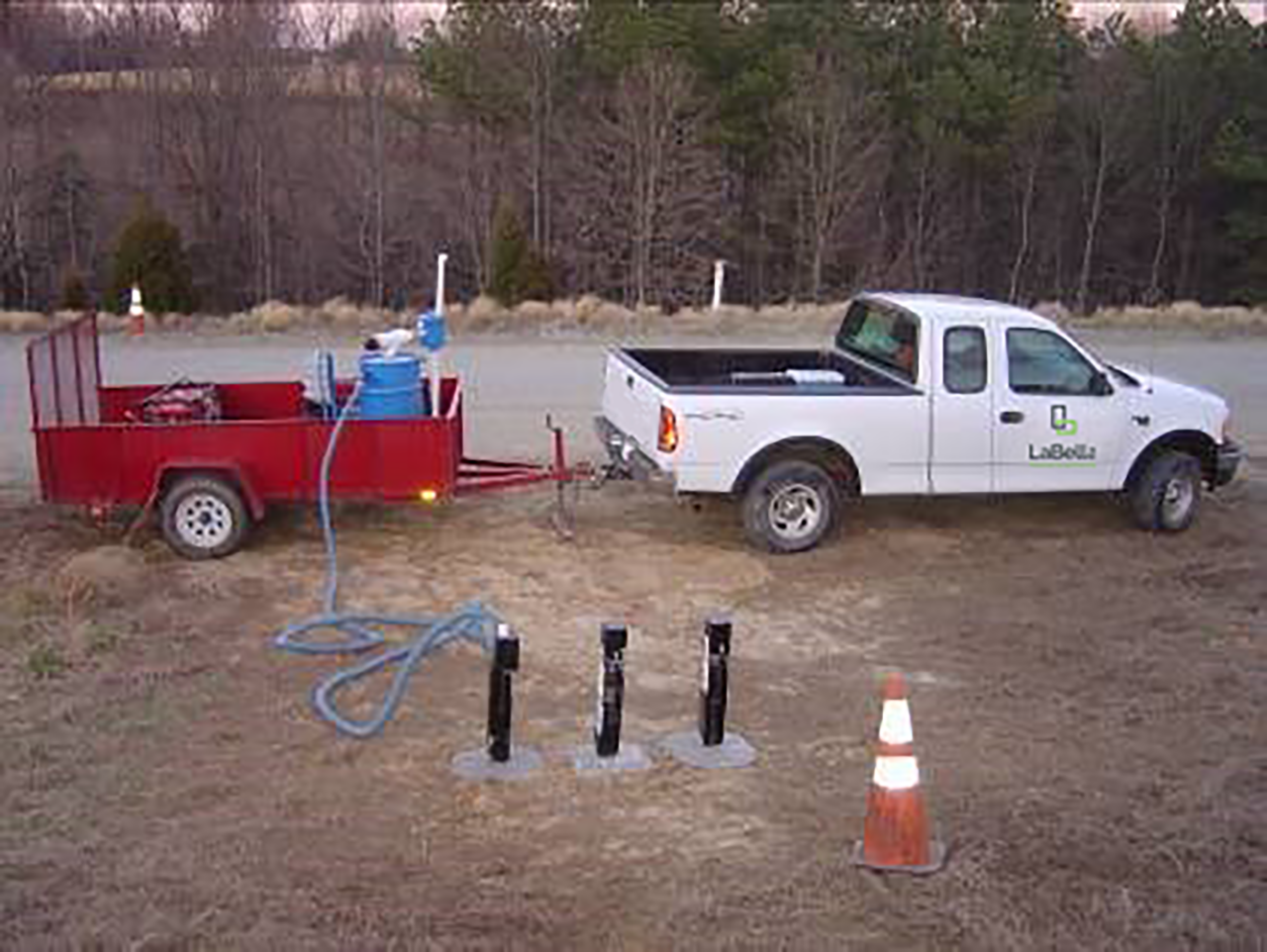 LaBella designs cost-effective remediation measures – both passive and active. In some circumstances, as a cost-saving measure, we implement the use of a mobile extraction unit prior to the installation of an underground landfill gas collection and control system (LGCCS) to test the effectiveness of the proposed solution. In other situations, we conduct pilot testing and system performance evaluations to ensure the success of the selected remedy.
LaBella designs cost-effective remediation measures – both passive and active. In some circumstances, as a cost-saving measure, we implement the use of a mobile extraction unit prior to the installation of an underground landfill gas collection and control system (LGCCS) to test the effectiveness of the proposed solution. In other situations, we conduct pilot testing and system performance evaluations to ensure the success of the selected remedy.
We also assist our clients with odor management by conducting odor assessments, preparing Odor Management Plans, and implementing the plans. Our approach includes evaluating the effectiveness of lower – cost solutions rather than automatically implementing the newest technology. While a new technology may be effective at one landfill, it may not perform effectively at every landfill facility.
Case Study
In Situ Thermal Remediation at Martinsville Landfill
The Martinsville Sanitary Landfill is a closed, unlined, municipal solid waste facility owned and maintained by the City of Martinsville, Virginia. There are two unlined, open solvent pits located upgradient of the landfill that are designated for disposal of liquid chemical wastes produced by the local furniture and textile industries. At the request of the Virginia Department of Environmental Quality (VDEQ), LaBella Associates conducted assessment of the solvent pits and investigated remedial alternatives.
Watch the video to learn how LaBella’s team used in situ thermal desorption (ISTD) to remove 116 tons of volatile organic compounds from the soil at the Martinsville, Virginia landfill.
Check out the image gallery below for more on the ISTD at the Martinsville landfill.
Image Gallery
In Situ Thermal Remediation at Martinsville Landfill
LaBella evaluated several potential remedial technologies for the solvent pits for applicability, effectiveness, time required, and cost. The evaluated technologies included excavation and ex situ incineration in an on-site soil burner, enhanced bioremediation using injection of chemicals to accelerate natural biodegradation of the contaminants by bacteria in the soil, air sparging and soil vapor extraction, and in situ thermal desorption (ISTD).
LaBella concluded that ISTD would be the most appropriate technology for this site based on the site geology, the size and depth of the pits, and the types and concentrations of contaminants. ISTD was expected to be the fastest, as well as the most cost-effective, way to remediate the solvent pit soils.



